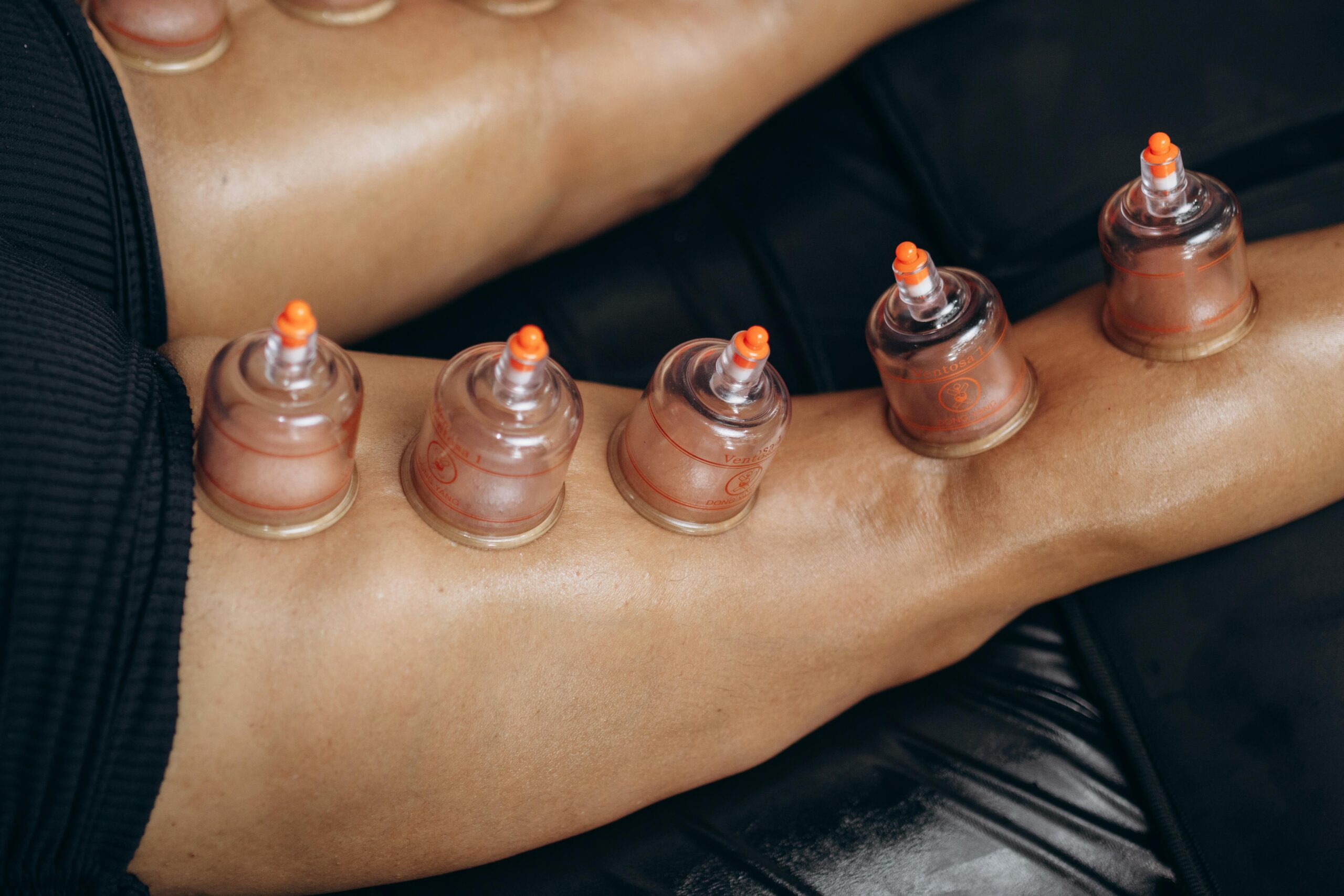The Foundation of Physical Freedom: Understanding Flexibility and Mobility
In a world where sedentary lifestyles and repetitive movements dominate, flexibility and mobility have emerged as critical pillars of physical health. While often used interchangeably, these concepts represent distinct yet interconnected elements of bodily function. Flexibility refers to the ability of muscles and connective tissues to stretch passively, while mobility involves the active range of motion within joints, combining flexibility, strength, and neuromuscular control. Together, they influence everything from athletic performance to daily activities like bending or reaching. This article explores their differences, benefits, practical strategies for improvement, and how integrating them into daily routines can enhance overall well-being. Whether you’re an athlete or someone seeking long-term health, understanding these concepts is key to unlocking a more resilient, pain-free body.
Defining the Divide: Flexibility vs. Mobility
Flexibility and mobility are often conflated, but their roles in movement are unique. Flexibility is passive—think of a gymnast holding a split or a yoga pose. It relies on muscle and fascia elasticity. Mobility, however, is dynamic. It requires joint stability and muscular strength to move through a range of motion, such as squatting deeply or lifting overhead. For example, a flexible hamstring allows a high kick, but mobility in the hip joint ensures control and power during the motion. Neglecting one can lead to imbalances: excessive flexibility without strength risks injury, while limited mobility restricts functional movement. Recognizing this distinction helps tailor training programs to address specific needs.
The Lifelong Benefits of Prioritizing Both
Investing in flexibility and mobility yields compounding rewards. Key benefits include:
- Injury Prevention: Supple muscles and mobile joints absorb impact better, reducing strains and sprains.
- Enhanced Performance: Athletes achieve greater power output and efficiency when tissues glide freely.
- Postural Alignment: Counteracts desk-bound habits like rounded shoulders or tight hips.
- Longevity: Maintains independence in later life by preserving balance and ease of movement.
Studies show that even modest improvements in hip mobility can alleviate lower back pain, while shoulder flexibility correlates with reduced rotator cuff injuries. These benefits underscore their role in holistic health.
Strategies for Sustainable Improvement
Effective training blends static and dynamic approaches:
- Dynamic Stretching: Arm circles or leg swings prepare tissues for activity by increasing blood flow.
- Yoga and Pilates: Combine stretching with strength to enhance proprioception and control.
- Foam Rolling: Releases fascial restrictions, improving tissue pliability.
- Strength Training through Full ROM: Exercises like deep squats or overhead presses build mobility under load.
Consistency matters more than intensity. Even 10 minutes daily can yield progress, whereas sporadic, aggressive stretching may cause microtears.
Integrating Flexibility and Mobility into Daily Life
Beyond dedicated workouts, small habit shifts sustain results:
- Take micro-breaks every hour to stretch stiff muscles.
- Use a standing desk to promote hip and ankle mobility.
- Practice active recovery, like walking or gentle yoga, on rest days.
Ergonomic adjustments, such as proper desk setup or supportive footwear, also reduce strain. The goal is to create an environment that encourages movement diversity, preventing the stiffness that arises from prolonged static postures.
Conclusion: Building a Body That Moves Without Limits
Flexibility and mobility are not just for athletes—they are foundational to how we navigate life. By understanding their differences, embracing targeted strategies, and weaving movement into daily routines, individuals can mitigate pain, enhance performance, and preserve functional independence. Whether through dynamic stretches, strength training, or mindful posture adjustments, the path to a resilient body lies in consistent, intentional practice. As research continues to highlight their role in aging and injury prevention, prioritizing these elements becomes an investment in lifelong vitality. Start small, stay patient, and let each stretch or movement remind you: freedom of motion is the ultimate expression of physical health.
